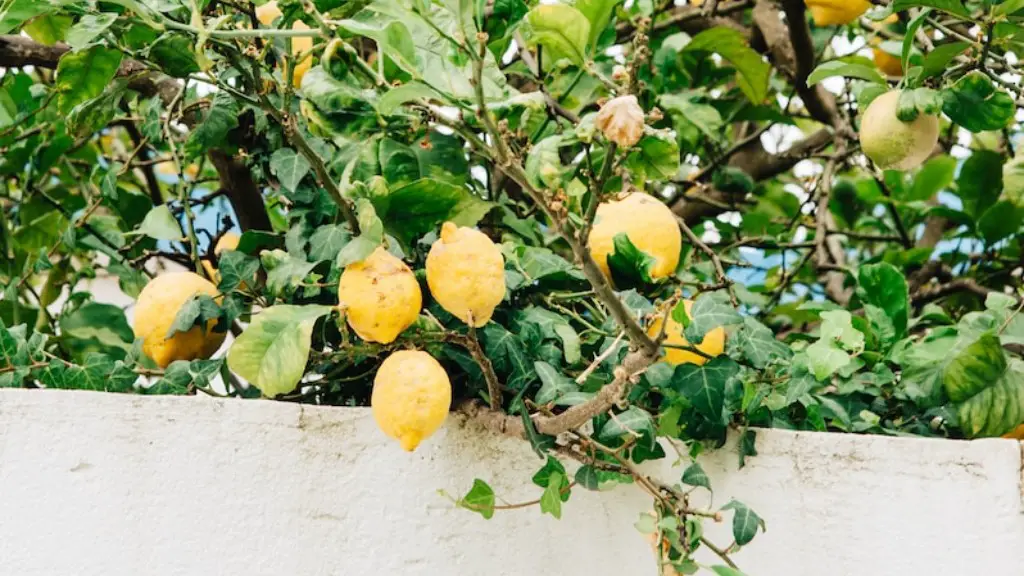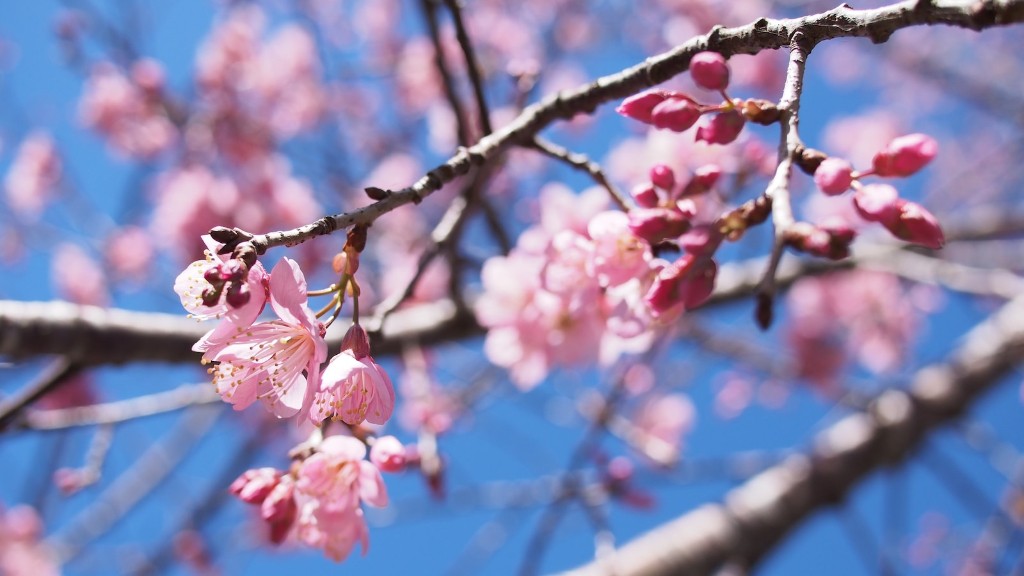Dwarf lemon trees are a great way to bring a little tropical atmosphere into your garden or home. Most importantly, they can also contribute substantially to your grocery bill. But how long does it take for a dwarf lemon tree to produce fruit?
The answer depends on the type of tree you have and the conditions the tree is growing in. For example, some dwarf lemon trees, such as the Meyer lemon, bear fruit within two years, while other varieties, like the Eureka lemon, may take up to five years. All dwarf lemon trees should bear fruit within ten years of planting at the latest.
Before a dwarf lemon tree will produce fruit, it must reach maturity. This is when the tree is able to flower and, subsequently, produce fruit. Factors that affect a tree’s maturity include climate, soil type, and cultural practices like pruning and fertilizing. In general, dwarf lemon trees require full sun and well-drained soil to reach maturity.
Once a dwarf lemon tree reaches maturity, it will begin to flower. The flowers of a dwarf lemon tree have a delicate scent and can be white, cream or yellow. Following pollination, the flowers will develop into fruit in due course. The fruit of a dwarf lemon tree is smaller than a regular lemon but has a similar vibrant yellow color.
Once the fruit reaches maturity, it should be harvested for best flavor. Fruit that sits on the tree for too long can become over-ripe and lose some of its sweetness and freshness. It is best to harvest lemons once they are fully ripe, but before they become soft. To tell if a lemon is ripe, inspect it for a bright yellow color, smooth texture, and a strong floral scent.
Even with proper growing conditions, patience is still necessary before your dwarf lemon tree produces fruit. Mature trees may bear fruit within a couple of years, whereas older trees may take up to five years. Once it does start producing, harvest the lemons regularly to keep the tree healthy and productive.
Climate and Growing Conditions
The most important factor in how long a dwarf lemon tree will take to produce fruit is the climate and growing conditions that the tree is in. Dwarf lemon trees typically thrive best in warm, sunny climates, like those found in subtropical and tropical climates. They require a full day of bright sunshine to enable sufficient growth and flowering. Additionally, they prefer well-drained soil and should be watered regularly.
Climate affects the rate of growth of a dwarf lemon tree, which means that areas with colder climates may take longer for their trees to produce fruit. Areas with warm climates, such as those close to the equator, will be able to produce fruit sooner than those in more northern or southern climates.
Location is also an important factor in the growth rate of a dwarf lemon tree. Trees that are planted in sheltered, shaded areas are more likely to take longer to mature and produce fruit. Trees should be situated in an open site with plenty of bright sunshine if they are to reach maturity and bear fruit in a timely manner.
Soil type is another important factor. Dwarf lemon trees prefer soil which is well-drained, fertile and slightly acidic. If the soil type is not right, the tree will struggle to achieve flowering and fruiting. As such, a soil test should be completed prior to planting to check its pH level and suitability. If necessary, amendments can be made to improve the qualities of soil.
The use of mulch around a dwarf lemon tree is also beneficial. Mulch will help to keep the root system cool and moist and restrict weed growth, thereby enabling the tree to grow and reach maturity quicker. Organic mulches like shredded bark, wood chips, and straw are ideal.
Cultural Practices
Good cultural practices are also important in achieving a good yield from a dwarf lemon tree. Pruning and training are essential to ensure the tree has a strong structure and healthily shaped branches ready to bear fruit. This can often be done when the tree is young, but pruning should also be done throughout the tree’s life to maintain its shape and promote new growth.
Fertilizing is also important to ensure the tree has adequate nutrition to grow and flower. Organic fertilizers are preferred as they can have slow release properties and help to improve the soil structure. Fertilizer should be applied during the growing season – typically spring through to early summer – depending on the climate.
Inspecting the soil regularly is also important to ensure the tree’s needs are being met. The soil should be damp, but not overly wet, throughout the growing season. Too much water can lead to root rot and impede the growth of the tree.
Dwarf lemon trees can also be prone to pests and diseases. Regular inspections should be made of the leaves and branches to look out for signs of infestation. If any issues are found, they should be treated as soon as possible to reduce the impact on the tree’s growth.
Conclusion
The amount of time it takes for a dwarf lemon tree to produce fruit depends on the type of tree, the climate and growing conditions, and the cultural practices used to care for the tree. With the right conditions, it can take as little as two years for a dwarf lemon tree to reach maturity and produce fruit, while in less favorable conditions it may take up to five years or longer. Therefore, it is important to ensure the correct climate, soil type, and cultural practices are used in order to truly reap the benefits of a dwarf lemon tree.



